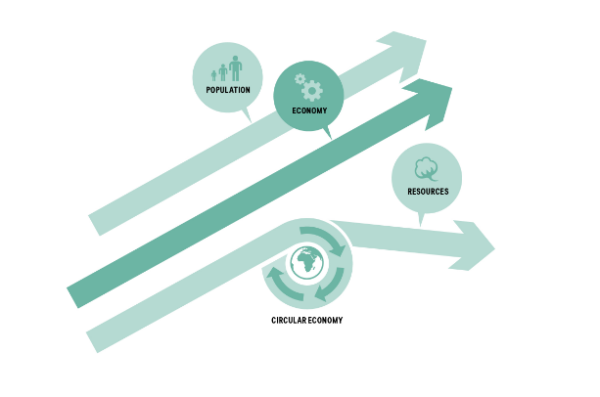H&M is a fashion retailer with over 4,000 stores in 61 markets worldwide. The adoption of the fast fashion business model has been key to the company’s huge expansion since 2000. Fast fashion has a four to six week turnaround, much quicker than traditional collections which were released two to four times per year. As a result, clothing is more on-trend but it also more throwaway.
The production of clothing has a huge environmental impact, particularly in the case of cotton. Cotton uses a huge amount of fertilizers and pesticides and is very water-intensive. H&M is keen to reduce its environmental impact.
In April 2016, the company released its 14th Sustainability Report. The report detailed its various initiatives, many to do with its goal to increase its use sustainable cotton. One of these goals is to increase the use of recycled cotton. In fact, H&M wants to “close the loop”, or recycle resources, in the future. However, the technology to achieve this goal is not available, so H&M has been actively investing in innovations in this area.

Infographic showing a closed loop in terms of resources
H&M has achieved huge growth in its increased use of recycled cotton in the last financial year. However, H&M continues to expand, opening new stores each year, and at the moment the company’s aim to become sustainable is at odds with its fast fashion business model and growth.

